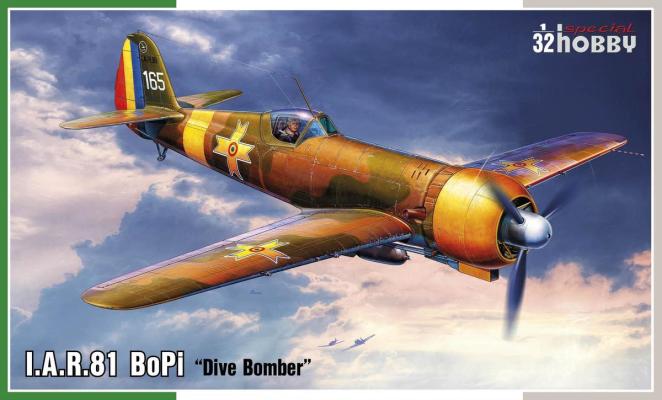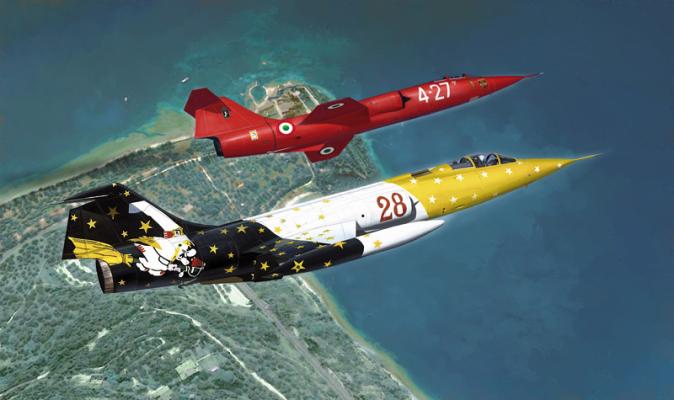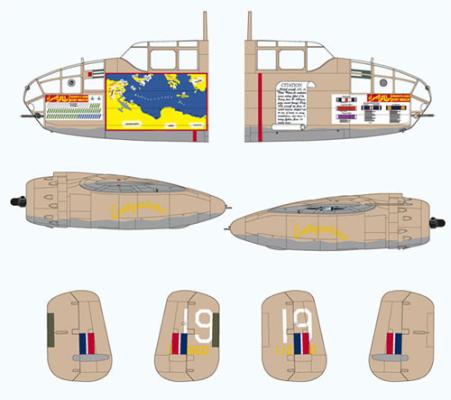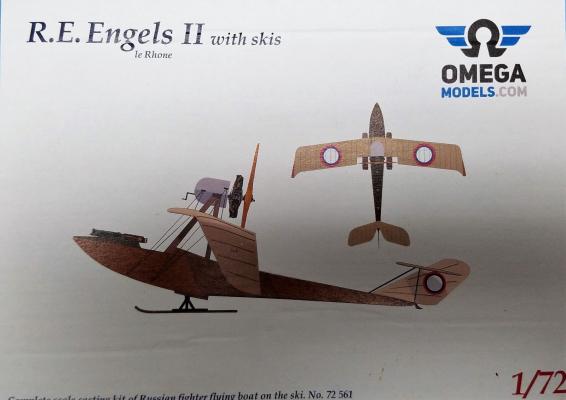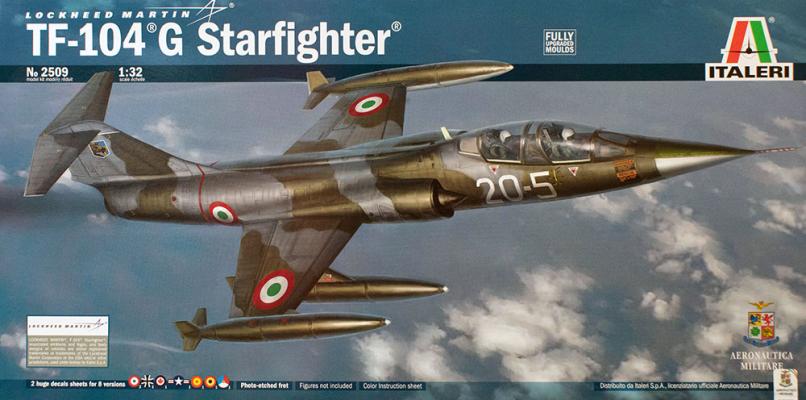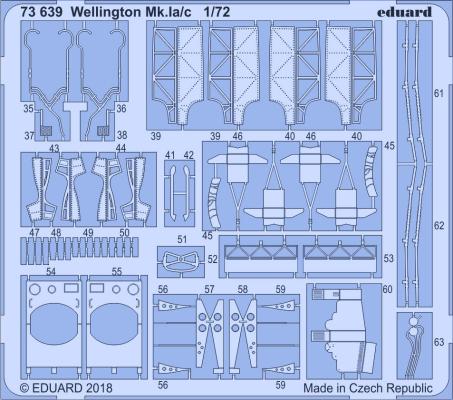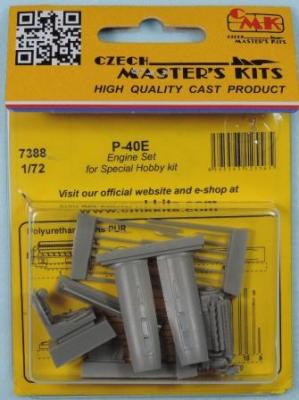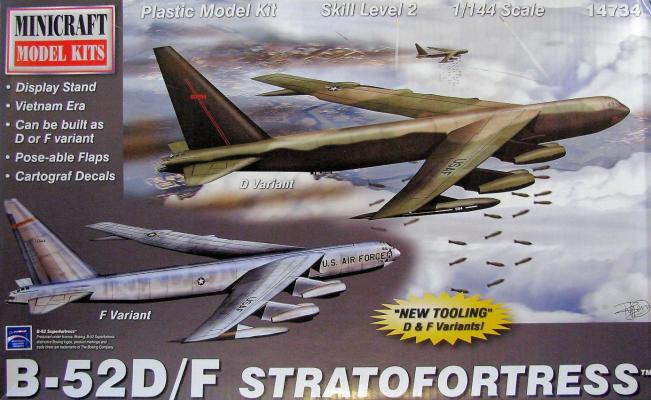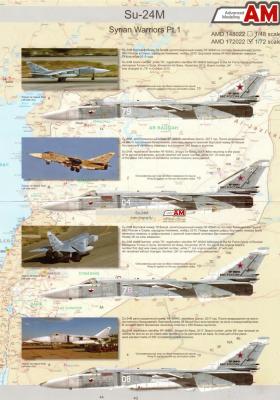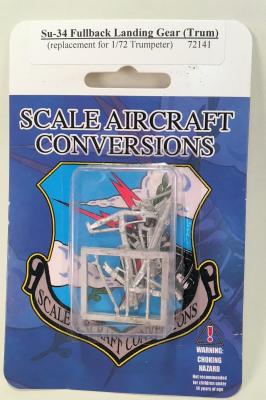The IAR-80 is the best-known production fighter to come out of the Romanian plant during WW2 and has always had a certain fascination for me. Developed in the 1930s as the Rumanian Air Force was working valiantly to get into the arms race then taking place in Europe, the IAR-80 featured a license-built Gnome-Rhone 14K engine and some various bits and pieces purchased from other countries, including the machine gun armament. Despite the comparative lack of experience in such design work, the IAR-80 proved to be a relatively modern and well-thought-out design, although some fixes needed to be included during its design life, including external bracing for the rear fuselage, which had a tendency to twist during high-speed turns.
Short History
The Lockheed F-104 Starfighter is a single-engine, supersonic interceptor aircraft which later became widely used as an attack aircraft. It was originally developed by Lockheed for the United States Air Force (USAF), but was later produced by several other nations, seeing widespread service outside the United States. One of the Century Series of fighter aircraft, it was operated by the air forces of more than a dozen nations from 1958 to 2004. Its design team was led by Kelly Johnson, who contributed to the development of the Lockheed P-38 Lightning, Lockheed U-2, Lockheed SR-71 Blackbird, and other Lockheed aircraft.
Among my several favorite aircraft I have an affinity for the B-25 Mitchell in any form. So when Airfix announced the B-25C/D in 1/72 scale I put one on reserve at my local hobby shop and my plans are to start building at my local IPMS club modeling retreat this January. I planned on building the Desert Warrior scheme so this set will work out perfectly for me. Up until just a week or so ago I usually took for gospel that decal sheets were reasonably accurate…
Upon receiving the Lifelike decal sheet, I started doing a little research on the B-25 “Desert Warrior” that Airfix provides as one of two finishing choices in their new B-25C/D kit. My goal was to try and get to the bottom of the decal dilemma. The dilemma being why did Lifelike Decals release decals to correct some of the decals provided in the Airfix kit.
Designed and built by Russian engineer E.R. Engels, the Engels II was a parasol-winged monoplane flying boat first flown in 1917. Designed to fly using wing warping rather than ailerons, the aircraft was at one time the fastest flying boat in service. An egg-shaped pod held the fuel tank and structure for the 120 HP LeRhone rotary engine. Armament was a single, fixed 7.62mm machine gun mounted in the nose. The graceful parasol wings incorporated sharply downswept tips that served as floats.
The F-104 Starfighter was a single engine, single seat fighter that was operational from the mid-1950s through 2004. The TF-104 was a two-seat training version and did not carry the fuselage mounted cannon.
Italeri’s 1/32 scale TF-104 follows their nice F-104 from a few years ago. It comes packaged in a very large, sturdy box. All the parts sprues are individually wrapped and only a couple of parts were disconnected from the sprue. The clear parts and photo-etch fret were contained on one side of the box protected by a cardboard divider. Two very large decal sheets, an instruction manual plus a separate painting and decal manual were located at the bottom of the box.
IPMS/USA again thanks the Eduard team for sending us more of their prolific output targeted toward improving already great kits. Thanks to Phil and John for obtaining the sets for the team…
This set is a now-expected high-end upgrade to the 2018 release of the new-mold Airfix 1/72 Wellington 1a/c. Included are color fret elements including the instrument panel, interior control and indicators, and various bits and bobs that make up a British design from the 1930’s.
CMK has produced a very nicely detailed resin Allison V-1710-39 engine for the 1/72 Special Hobby P-40E kits. The supplied items include the engine block, parts to assemble the mounting frame, firewall, engine cover panels and radiator assembly. Although made for the Special Hobby P-40E kit, with some prudent sanding to fit, the engine set should be adaptable to any of the 1/72 P-40E kits currently on the market. I dry-fitted to my Academy example (see photos).
Be sure to wash the parts in soapy water to remove mold release agents and prime prior to using your favorite modeling paints.
Highly recommended.
Thanks to the IPMS Reviewer Corps and CMK for the opportunity to review this item.
The Aircraft
The B-52 has been in service since 1955. Which means that in about 2 years they should start sending them Social Security checks. Because there are still 58 B-52s in service, the type may still participate in combat again. It’s expected the BUFF will still be in service in 2050.
The aircraft in this kit are the types used in the 1960s and 70s in Vietnam, for Operation Rolling Thunder, Operation Arc Light and Operation Linebacker II. 31 B-52s were lost in the war, 17 shot down, one written off due to combat damage, 11 lost to accidents, one burned at the airport and one ran off the end of the runway and ran into a minefield.
Background
The Sukhoi Su-24 “Fencer” has been in service for the Russian air forces for over 40 years. It is a rugged, variable wing sweep bomber that is easy to fly and well-liked by the two-man crew. Several kits have been produced of this aircraft and recently, the Advanced Modeling company has released some decal sets that depict the Fencer in modern markings.
In accordance with the agreement between Russia and Syria, a group of Russian aircraft were sent to the Khmeimim Air Base in Syria, September 2015 to fly in support of the Syrian ground forces. During actual operations, the national insignias and registration numbers were overpainted. This could not be easily removed so areas of lighter gray can be seen behind the restored insignias and numbers on certain aircraft. This sheet contains seven different markings for Su-24s that have been operated out of the Khmeimim Air Base.
This set is designed to fit Trumpeter’s new Su-34 kit. The set consists of 9 parts, a nose gear with a separate lower axle, two main gear legs, two part scissors links for each main gear, and retraction struts for each leg. The castings are nicely done and require just a little clean up on the casting seams. I cleaned the seams up using a Xacto knife and sandpaper. I then used a brass wire wheel in my battery operated Dremel tool at slow speed to polish up the struts and finish smoothing out the casting seams.
In order to assemble the nose strut I had to drill out the end of the axle part as it was partially filled in during the casting process. Before assembling the two parts, double check their orientation with the kit instructions to ensure they are correctly oriented.

